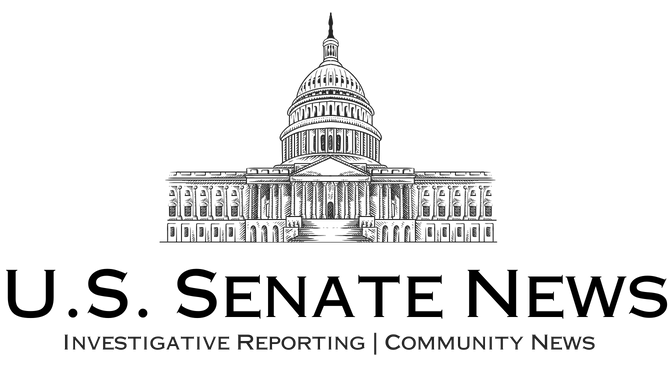BBC
Americans will head to the polls in November to choose the next president of the United States. This vote will be watched around the world.
They will also vote for members of Congress who play important roles in passing legislation that can have a significant impact on American life.
When is the US presidential election?
The 2024 election will be held on Tuesday, November 5, 2024. The winner will serve a four-year term in the White House starting in January 2025.
The president has the power to pass some laws on his own, but in most cases he must work with Congress to pass legislation.
On the world stage, American leaders have considerable freedom to represent the country abroad and conduct foreign policy.
Who are the candidates? How are they nominated?
The two major political parties hold state primaries and a series of votes called caucuses to nominate their presidential candidates, and the people choose the person to lead the party in the general election.
In the Republican Party, former President Donald Trump won the party’s support by a wide margin over his rivals. He became the official Republican candidate at the party’s convention in Milwaukee, Wisconsin. President Trump has selected Ohio Sen. J.D. Vance as his running mate.
On the Democratic side, Vice President Kamala Harris entered the race after President Joe Biden resigned and no other Democrats opposed her. Her running mate is Minnesota Governor Tim Walz.
There are also independent candidates running for president.
One of the most prominent figures was former President John F. Kennedy’s nephew Robert F. Kennedy Jr., who suspended his campaign in late August and endorsed Mr. Trump.
What do Democrats and Republicans support?
The Democratic Party is a liberal party whose agenda is primarily defined by advancing civil rights, a broader social safety net, and measures to address climate change.
The Republican Party is a conservative party in the United States. The party, also known as the Grand Old Party (GOP), has supported lower taxes, smaller government, gun rights, and tighter restrictions on immigration and abortion.
How are US presidential elections held?
The winner is not the person who receives the most votes nationwide. Instead, both candidates will compete to win a contest held in 50 states.
Each state has a set number of so-called electoral votes, based in part on population. A total of 538 points are at stake, and the candidate who scores 270 points or more will be declared the winner.
All but two states use winner-take-all rules, which award all of that state’s electoral votes to the candidate who receives the most votes.
Most states lean heavily toward one party or the other, so the focus is usually on a dozen or so states where one or the other has a good chance of winning. These are known as swing states or battleground states.
A candidate can win the most votes nationwide and still be defeated by the Electoral College, as Hillary Clinton did in 2016.
Who can vote in the US presidential election?
Most U.S. citizens over the age of 18 are eligible to vote in presidential elections.
All states except North Dakota require registration before voting.
Each state has its own voter registration process and deadlines.
U.S. citizens living abroad can register to vote and request an absentee mail-in ballot by completing the Federal Postal Card Application (FCPA).
Early voting has already begun in some battleground states, including Georgia and North Carolina.
Who else will be elected in November?
All eyes will be on who will be elected president, but when voters fill out their ballots, they will also choose new members of Congress whose laws will be passed.
The parliament consists of a lower house with all 435 seats up for election and an upper house with 34 seats up for election.
Republicans now control the House of Representatives, which has begun its spending plan. Democrats are in charge of the Senate, which votes on important government appointments.
Both chambers pass legislation and can serve as a check on the White House’s plans if the dominant party in either chamber disagrees with the president.
When will we know who won the election?
Usually the winner is announced on election night, but in 2020 it took several days to count all the votes.
When a president changes hands, the post-election period is known as the transition period.
This will give the new government time to appoint ministers and plan for a new term.
The president officially takes the oath of office in January at a ceremony known as Inauguration Ceremony on the steps of the Capitol in Washington, DC.
North American correspondent Anthony Zurcher explains the race for the White House in his weekly U.S. Elections Unspin newsletter.
UK readers can sign up here. People outside the UK can sign up here.



